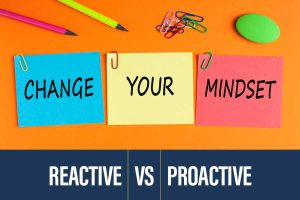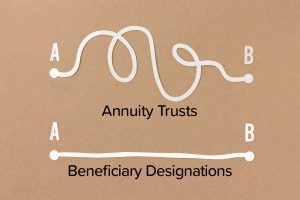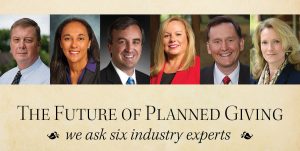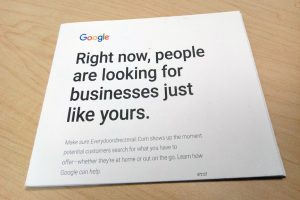
“I am too busy to think about planned giving”
Too busy? Or are you placing Planned Giving on the back burner, again? So many fundraisers make excuses, claiming they’ve placed planned giving on the back-burner because of tight budgets, smaller staffs and not enough time. Bull. There’s an underlying reason that none of us wants to acknowledge: Four years ago we asked fundraisers whether they believed planned giving is “where the money’s at.” A whopping 74% in the survey answered “yes.” But on the very next question, “Where do you spend your time?” a large number (82%) answered “raising cash gifts.” So if they know the correct answer, then why do they consistently place planned giving on the back burner? Because most fundraisers attend to the urgent, not to the important. An analogy can be made here between getting a toothache and visiting the dentist. If we never attend to the important (regularly visiting the dentist) one day we’ll have to attend to the urgent (a toothache that requires a root canal to repair). The same goes for retirement planning. If you’ve never proactively built your retirement savings (endowment), you’ll have to reactively work after you’re 70 just to make ends meet (like chasing and raising annual gifts). Hopefully not at Walmart. If fundraisers never attend to the important task of building a pipeline of planned gifts to provide a stream of long-term support, they will, year after year, waste time on the urgent task of picking up every $100 gift they can find simply to meet their quotas and keep their nonprofit afloat. And, year after year, they’re missing the fact that those consistent $100 givers make the perfect planned giving prospects. Considering the average bequest is over $68,000… I will stop right here and just say… it’s a no-brainer. Get proactive. Attend to the important, not the urgent. It’s all about your future. PS: Here are 21 tips on launching a planned giving program inexpensively. And here are 10 tips and strategies on marketing your program. PPS: Use this interactive assessment tool to see how ready you are for planned giving. And use this one to determine just where your board is at. Categories: Giving, Planned Giving Marketing, Relationships








